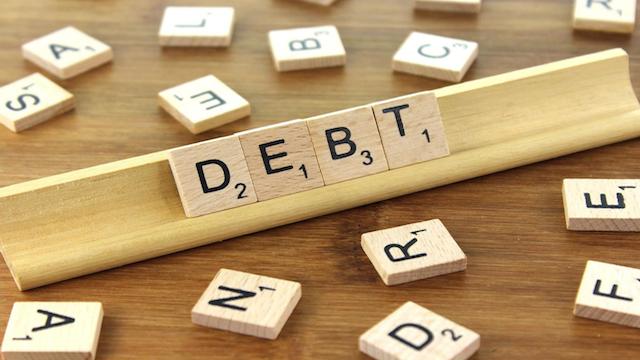Across much of the global economy, low interest rates have led to a rise in debt levels in recent years. In fact, no major economy in the world has decreased its debt to GDP ratio since 2007. This shows that while debt has been successfully used to avert a global depression following the global financial crisis, the world is now increasingly reliant upon borrowed money in order to grow and even function. Looking ahead, this could prove to be a major problem.
Of course, high debt levels are sustainable as long as they remain affordable. As mentioned, low interest rates have made this possible in recent years. However, across major economies there is a more hawkish feeling among policymakers. For example, in the US the Federal Reserve is expected to raise interest rates in December. Further rate rises are very much on the cards following Donald Trump’s election victory, since he is expected to pursue fiscal policies which are highly inflationary.
Not only does this cause a problem for companies listed in the US, it could cause challenges for non-US companies which have their debt denominated in US dollars. That’s because a rising US interest rate is likely to cause an appreciation in the value of the US dollar. This would make it more difficult for companies based outside of the US and which report in a non-US currency to make repayments in US dollars. As such, their financial sustainability may be called into question – especially if their interest coverage ratios are relatively low.
Therefore, it makes sense for Foolish investors to invest in companies which have manageable levels of debt. ‘Manageable’ refers to not only while interest rate rates are low, but also if they increased by 100, 200 or even 300 basis points over the medium term. If global inflation is positively catalysed by Trumponomics, then significantly higher interest rates in the US and elsewhere could be necessary.
In addition, the profitability of stocks across the globe could come under pressure in the short run, which may make current debt levels less affordable. Trump’s economic policies represent major change and could cause investment in projects across the globe as well as consumer spending levels to come under pressure. This may hurt the profitability of companies across the world and lead to a narrowing of their headroom when making interest payments on their debt.
Clearly, the vast majority of companies have debt, so avoiding it completely is unlikely to be a realistic option for Foolish investors. However, focusing on a company’s interest coverage, cash flow reliability and the strength of its balance sheet could become even more crucial in 2017 and beyond. Borrowing has always been a risky business. But in 2017 its potential problems could present themselves for the first time in a decade.








